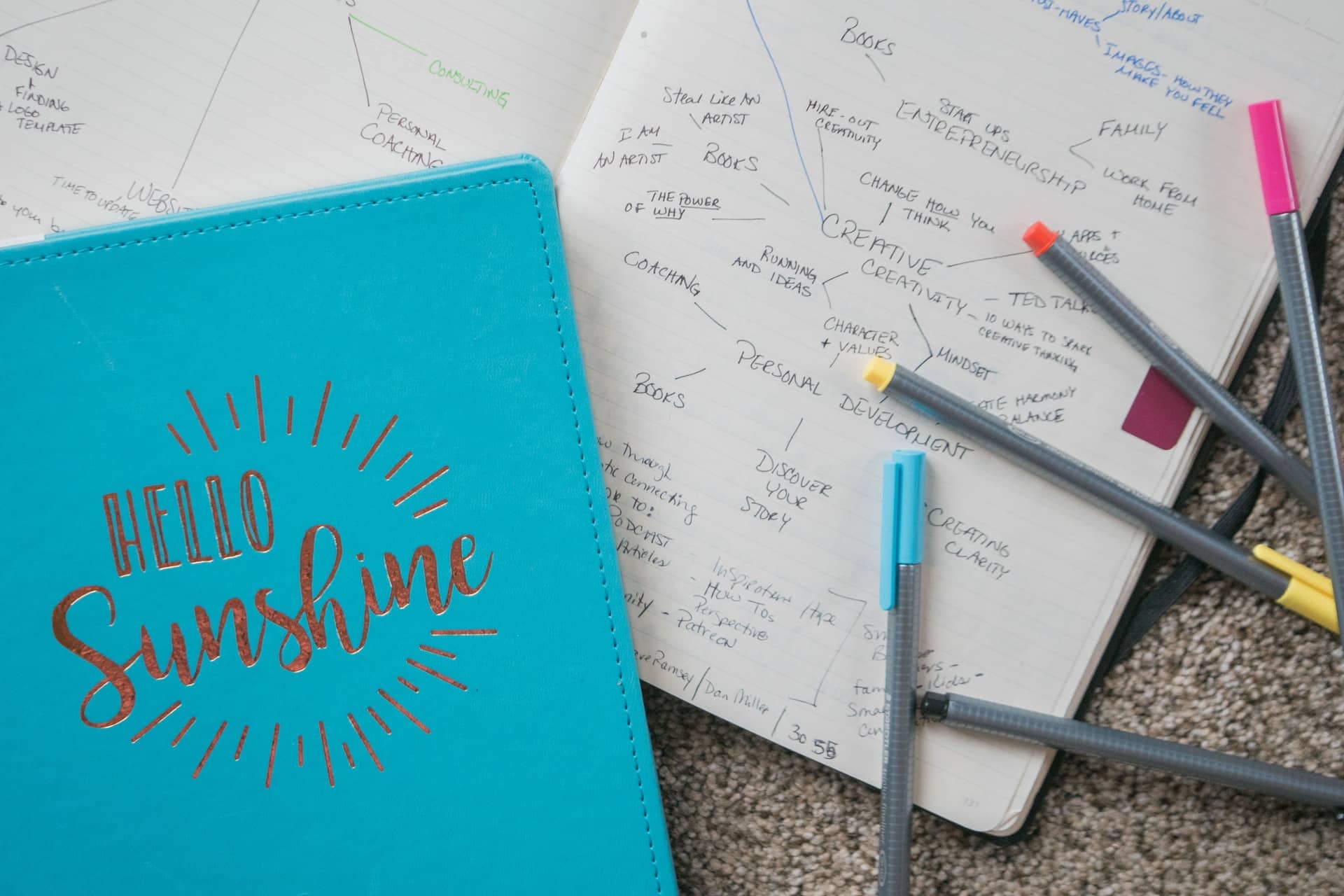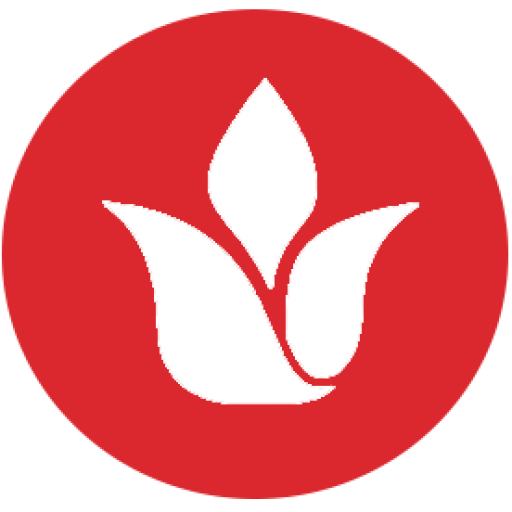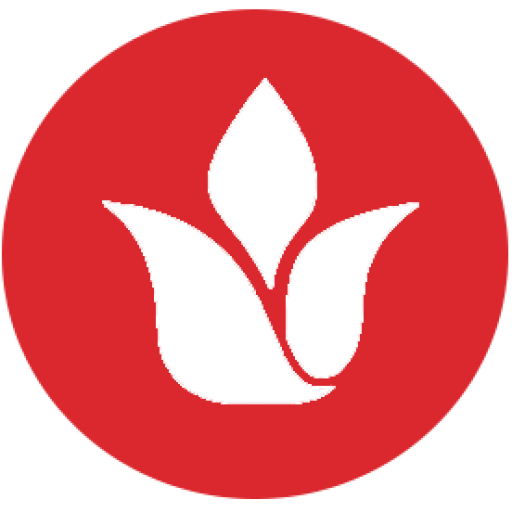
It is ideal to use UX frameworks when working on a product either new or already in the market and doing so will help organize the workload much better. There are several available UX frameworks to use.
UX & frameworks?
According to Oxford Languages the definition of a framework is: “a basic structure underlying a system, concept, or text”.
You do not have to choose the same framework for all projects but can choose the type of framework that suits best the product and the business. Some UX frameworks worth mentioning: user-centered design, the five elements of UX design, design thinking, lean UX, double diamond.
User-centered design process
This type of framework functions like a loop as based on the results the UX designer will go back again and again and refine and improve the product based on research and feedback.
Key Steps
- Understand how the user experiences the product
- Specify the user’s needs
- Design solutions
- Evaluate solutions against the user’s needs
The five elements of UX design
This type of framework is best used when building or creating a new product as it forms everything from the strategy working up to the visual aspects of the product.
Key Steps
- Strategy
- Scope
- Structure
- Skeleton
- Surface
Design thinking process
This framework is perfect for problem-solving in a user-centered manner. The UX designers will create solutions that will allow the end-user to enjoy the product.
Key Steps
- Empathize
- Define
- Ideate
- Prototype
- Test
Lean UX
This is the ideal framework to use when you want to launch as possible. It is just as effective and again is the type of framework that works in a loop. You will be redoing the steps continuously based on feedback and research.
Key Steps
- Think
- Make
- Check
Double Diamond
This type of framework is the classic or traditional way to deal with user experience and it involves two main tasks or phases: research and design. Just like other frameworks mentioned it functions as a loop and restarts constantly based on the search and feedback.
Key Steps
- Discover the problem
- Define the problem
- Develop solutions for the problem
- Deliver the product
Got a project?
Let’s talk.
We’re a team of creatives who are excited about unique ideas and help fin-tech companies to create amazing identity by crafting top-notch UI/UX.


